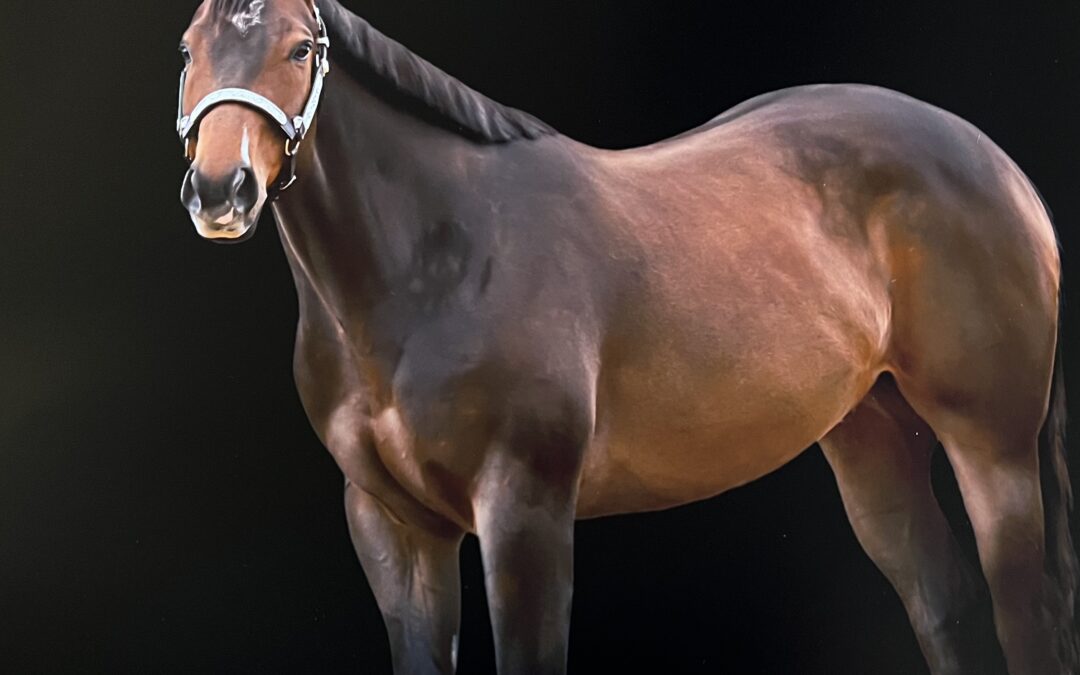Introduction to the Quarter Horse
The Quarter Horse is celebrated as one of America’s most iconic horse breeds. Known for its incredible speed, agility, and versatility, it has earned a special place in the hearts of equestrians and ranchers alike. Its storied history and enduring appeal have made it a cornerstone of American culture and an integral part of equestrian activities worldwide.
Early Origins of the Quarter Horse
The origins of the Quarter Horse trace back to the colonial era. Spanish horses brought to the Americas by explorers and settlers formed the foundation of the breed. These horses were later crossbred with English Thoroughbreds imported by colonists. The result was a compact, muscular horse perfectly suited for short-distance sprints, especially quarter-mile races—a characteristic that gave the breed its name.
The Evolution of the Quarter Horse in America
During the 17th and 18th centuries, Quarter Horses became popular for their speed and ability to excel in short sprints. As America expanded westward, these horses found a new purpose on the frontier. Their intelligence, agility, and strength made them invaluable for ranching and cattle work. They became synonymous with the cowboy lifestyle, assisting in herding cattle, pulling wagons, and even serving as dependable mounts during long days on the range.
The Formation of the American Quarter Horse Association (AQHA)
In 1940, the American Quarter Horse Association (AQHA) was established to standardize and promote the breed. This marked a turning point in the history of the Quarter Horse, as the AQHA set guidelines for physical and behavioral traits, ensuring the preservation of the breed’s unique qualities. The organization also played a pivotal role in promoting the breed’s versatility and showcasing its capabilities in various equestrian disciplines.
Defining Traits of the Quarter Horse
Quarter Horses are renowned for their compact build and powerful hindquarters, which contribute to their unmatched speed over short distances. They are also highly trainable, making them suitable for a wide range of activities, from ranch work to recreational riding. Their gentle disposition and adaptability further enhance their appeal, making them a favorite among beginners and seasoned riders alike.
Famous Quarter Horses in History
Several Quarter Horses have left their mark on the breed’s history. Steel Dust, a foundation sire, is often credited with shaping the early development of the breed. Wimpy P-1, the first horse registered with the AQHA, remains a symbol of the Quarter Horse’s legacy. Over the years, many Quarter Horses have excelled in racing, rodeo, and other equestrian sports, cementing their place in history.
The Role of Quarter Horses in Ranching and Rodeo
Quarter Horses have long been the backbone of ranching and rodeo activities. Their natural aptitude for cattle work, coupled with their intelligence and agility, makes them ideal for tasks such as herding, roping, and cutting. In the rodeo arena, they dominate events like barrel racing, team roping, and steer wrestling, showcasing their speed, strength, and precision.
Quarter Horses in Modern Equestrian Sports
Beyond ranching and rodeo, Quarter Horses have become a staple in modern equestrian sports. They excel in western disciplines such as reining and cutting, as well as English events like show jumping and dressage. Their versatility and willingness to please make them a popular choice for trail riding, competitive events, and even therapeutic riding programs.
The Global Popularity of Quarter Horses
While the Quarter Horse has its roots in America, its appeal has transcended borders. The breed has gained popularity in Europe, Australia, and other parts of the world, where it is valued for its versatility and dependability. As demand for these horses grows, so does their presence in international equestrian competitions and ranching operations.
Breeding and Genetics of Quarter Horses
Selective breeding has played a crucial role in maintaining the Quarter Horse’s exceptional traits. Breeders focus on passing down qualities such as speed, strength, and intelligence while addressing potential genetic issues. Advances in genetics have also enabled breeders to refine the breed further, ensuring its continued success in various disciplines.
Challenges Facing Quarter Horse Breeders
Despite its popularity, the breed faces challenges such as overbreeding and genetic disorders. Responsible breeding practices are essential to maintaining the integrity of the bloodline and ensuring the health and well-being of future generations. Additionally, breeders must balance demand with sustainability to protect the breed’s legacy.
Celebrations and Events Honoring the Quarter Horse
The Quarter Horse is celebrated through various events and organizations dedicated to its legacy. Major AQHA competitions, such as the AQHA World Championship Show, highlight the breed’s versatility and talent. Museums and historical landmarks, like the American Quarter Horse Hall of Fame & Museum, preserve and promote the breed’s rich history.
Comparing Quarter Horses with Other Popular Breeds
When compared to other breeds, the Quarter Horse stands out for its versatility and short-distance speed. Unlike Thoroughbreds, which excel in long-distance racing, Quarter Horses dominate sprints and excel in ranch work. Similarly, while Paint Horses share some physical and functional similarities, Quarter Horses are often preferred for their consistent performance and adaptability.
FAQs About the Quarter Horse
- Why are they called Quarter Horses? They are named for their ability to excel in quarter-mile races, showcasing incredible speed and power over short distances.
- What is their average lifespan? Quarter Horses typically live 25-30 years with proper care.
- Are Quarter Horses good for beginners? Yes, their gentle temperament and trainability make them an excellent choice for novice riders.
- How fast can a Quarter Horse run? Quarter Horses can reach speeds of up to 55 mph, making them one of the fastest horse breeds over short distances.
- What makes them unique compared to other breeds? Their combination of speed, strength, versatility, and a calm demeanor sets them apart from other horse breeds.
Conclusion
The Quarter Horse’s rich history and exceptional qualities have solidified its place as a beloved breed in America and beyond. From its colonial origins to its role in modern ranching and equestrian sports, the Quarter Horse continues to captivate horse enthusiasts with its unparalleled versatility and charm. Supporting this remarkable breed ensures its legacy endures for generations to come.

